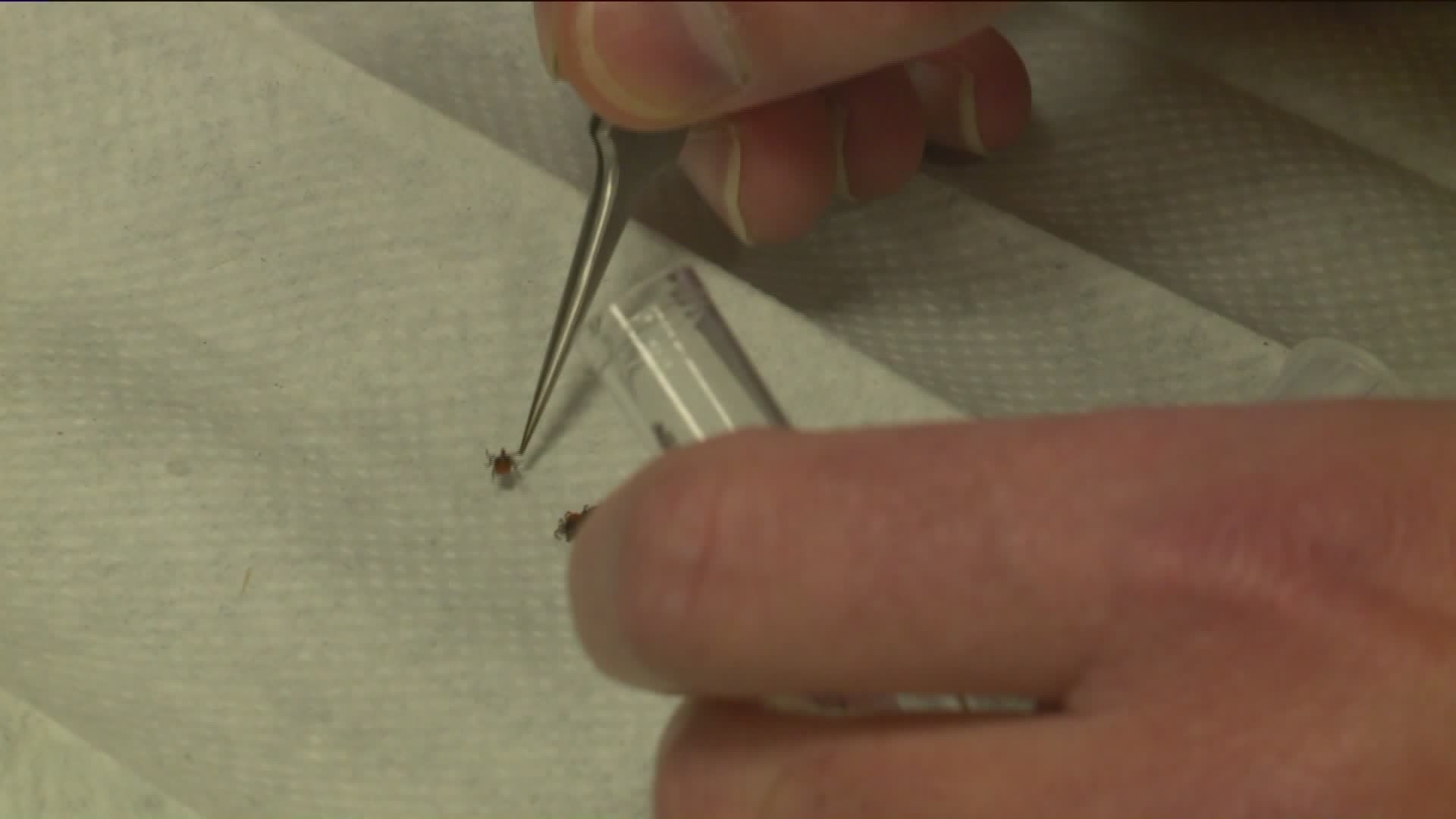New data released by the Connecticut Agricultural Experiment Station is giving the state a closer look at the tick population and its impact. The federally -funded statewide surveillance program studies the tick population and tick-borne diseases.
Last year, scientists had boots on the ground collecting samples across all 8 counties. They said Fairfield County had the highest infection rate for the 5 pathogens they were testing.
“Fairfield County has a lot people in it a lot of fragmented forests a lot of deer and those are all factors that could increase abundance of ticks or infections in those ticks in that area of the state. These are the agents that cause Lyme disease, anaplasmosis,...heart tick relapsing fever,” says Dr. Scott Williams, a research scientist at the CT Agricultural Experiment Station.
Despite the high numbers in Fairfield County, scientists believes last season was an average tick season and they hope collecting more data would give them a better idea of how future seasons may look like.
With spring around the corner, scientists remind people to stay vigilant if ticks.
“We recommend that the public do tick checks throughout the spring right now we are coming into the adult tick season when the larger adults are active and then the summer is the smaller ones are more difficult to see. Even if you go check your mailbox you need to be aware that you could have picked up a tick in the transitions from your house to the mailbox. I think people tend to forget that,” says Dr. Williams.

